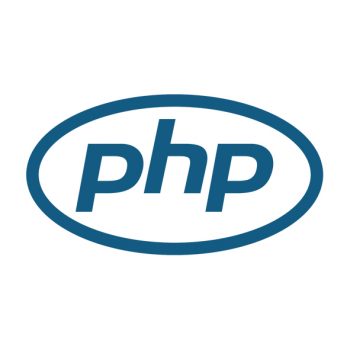PHP is a “script” or scripting language which can be embedded within an html page. Its basic purpose is to make dynamic pages. Html is static meaning that pages remain the same and are not created “on the fly” but rather, by the webmaster. PHP pages are always changing due to the time, date or other criteria that allow a page to be made automatically or dynamically. Many content management systems and blogging platforms use PHP scripts to “run” or operate the website. Information or content is uploaded into a database and as the content is required or requested by the user, the script provides the commands to make everything work, generating understandable results.
 PHP actually is the short form for “PHP: Hypertext Preprocessor”, a recursive acronym where the first word is the abbreviation. The actual language is a combination of C, Java, Perl, and some other PHP functions. Although many web pages use php to make pages act in the same fashion, for example, calling a header or footer, php is more commonly used with an SQL database. Everything about the website in terms of users, content, passwords, and accessibility are stored in this database which can become enormous. PHP parses the information which is stored in tables and then gives the user, the final product which is easy to read.
PHP actually is the short form for “PHP: Hypertext Preprocessor”, a recursive acronym where the first word is the abbreviation. The actual language is a combination of C, Java, Perl, and some other PHP functions. Although many web pages use php to make pages act in the same fashion, for example, calling a header or footer, php is more commonly used with an SQL database. Everything about the website in terms of users, content, passwords, and accessibility are stored in this database which can become enormous. PHP parses the information which is stored in tables and then gives the user, the final product which is easy to read.
Further, php has become another time saving utility when building websites. Since there is no limit to the number of pages that can be dynamically created, it is quite useful for websites that require a lot of content. For example, someone who writes daily in her journal or blog would have a tedious task if doing this manually by html everyday. But with php, the content can be loaded long before it publishes and the person only needs to upload her material in the way of text and graphics. Working together with style sheets, the database, and the script, the webmaster needs to know very little about the “backend” of her website.
Many versions of php have been created and development is continual in order to make the script more efficient at processing information. It is a server-side program meaning that it needs to be “installed” to make it work correctly. It is quite productive, as short pieces of code enable it to display sitemaps, full menus, and articles within a website. Where navigation bars or sidebars became unwieldy to manage when done in html, php made it quite simple. A single line of code is all that is needed to find, sort and display the content.
It is quite common nowadays for all web servers to have php capability. Aside from ease, one of the other reasons that php became more popular was the fact that in the early days of the web, it was more difficult to steal someone’s website if it was written in php. Html allowed all the scam artists to copy and paste full websites and claim them as their own. PHP changed some of that since it wasn’t as easy to get all the information from a site.
Finally, php allowed “small-time”, everyday businesses and individuals to manage large, serious websites. Before php, often large corporations payed for customized databases and programming to manage their websites. PHP made it possible for everyone to have the same capability but much cheaper.
PHP Resources
PHP Tutorials
We’ll soon be adding simple PHP tutorials to help you start using this great scripting language! For now; check these tutorials here or visit PHP Developer Jakob if you’re looking for a freelance coder!

